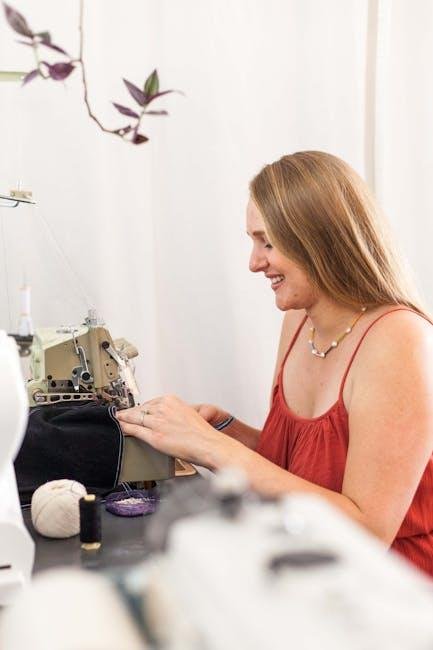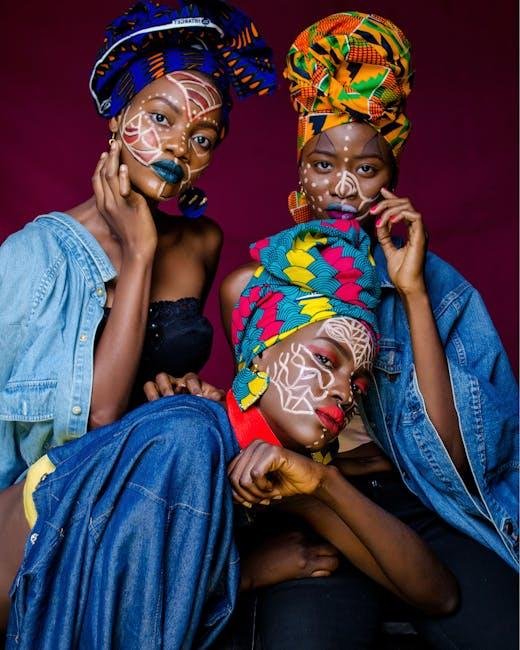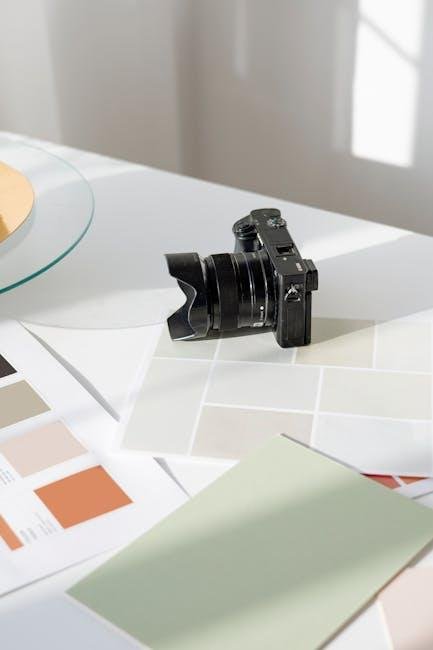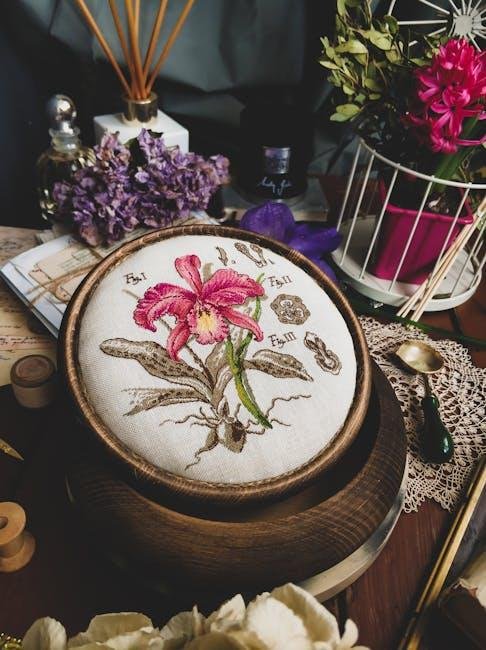Introduction
In a world that thrives on creativity and self-expression, fabric appliqué emerges as a vibrant artistic technique that transforms ordinary textiles into extraordinary statements. This age-old craft blends colors, patterns, and textures to create visually captivating designs that resonate with personal stories and unique styles. Whether you’re a seasoned seamstress or a curious beginner, exploring the myriad of fabric appliqué techniques can ignite your inventiveness and elevate your projects to new heights.From crafting intricate floral motifs to bold geometric shapes, these techniques open the door to endless possibilities, allowing you to infuse your personality into every stitch. Join us as we delve into the enchanting realm of fabric appliqué, uncovering methods that will empower you to create one-of-a-kind pieces that not only catch the eye but also make a lasting impression.
Exploring the Art of Fabric Appliqué in Unique Designs
Fabric appliqué is a stunning technique that allows crafters and designers to bring their ideas to life through layers of color and texture. By deftly stitching pieces of fabric onto a base material,artists can create intricate designs that stand out and tell a story.Some popular techniques include:
- raw Edge Appliqué: This technique features fabrics with exposed edges, resulting in a bold, casual look.
- Reverse Appliqué: This innovative method involves layering fabrics and cutting away the top layer to reveal the colors beneath.
- In-the-Hoop Appliqué: Perfect for embroidery machines, this technique allows for complex designs to be stitched efficiently.
When embarking on your appliqué projects, consider incorporating unique themes or unexpected materials to elevate your creations. textiles such as denim, velvet, or even recycled fabrics can add personality and character. Here’s a quick comparison of some fabric choices to inspire your next design:
| Fabric Type | Key Features | Best for |
|---|---|---|
| Cotton | Versatile, easy to work with | Everyday projects, quilts |
| Felt | Non-fraying, thick texture | Children’s toys, embellishments |
| Linen | Strong, breathable, elegant | Home décor, garments |

Essential Tools and Materials for Successful Appliqué Projects
To embark on your fabric appliqué journey, having the right tools and materials at your disposal is crucial. First and foremost, you’ll need a reliable pair of fabric scissors to ensure clean, precise cuts. A rotary cutter can also be a great addition for larger pieces. Pair your cutting tools with a self-healing cutting mat to protect your surfaces. A sewing machine equipped with a zigzag or decorative stitch is essential for securing your appliqués firmly in place. And don’t forget about fusible webbing; this versatile material allows you to easily bond your appliqué shapes to your base fabric with just a touch of heat.
In addition to these core tools, consider investing in some additional supplies that can elevate your project. Embroidery threads in various colors will help you bring your designs to life, while pins and basting spray can keep everything in place during the application process. You might also want to include a seam ripper for any necessary adjustments, making your process smoother. Organizing your supplies can be made easier with a dedicated storage box for your materials, ensuring you have everything at your fingertips when inspiration strikes. Here’s a quick overview of some recommended tools:
| Tool/Material | purpose |
|---|---|
| Fabric Scissors | For precise cutting of fabrics |
| Rotary Cutter | For larger cuts and intricate shapes |
| Fusible Webbing | To bond appliqué shapes to fabric |
| Embroidery Threads | To add detail and flair |
| Basting Spray | For temporary holding without pins |

Techniques to Elevate Your Appliqué Game
To truly master appliqué, experimenting with various techniques can make a significant difference in the final outcome of your projects. one of the most popular methods involves raw-edge appliqué, where the fabric edges are left exposed, giving a modern and playful finish. This technique is perfect for creating bold, graphic designs and works wonderfully with fabrics that fray beautifully.Additionally,consider using reverse appliqué,where you layer fabrics and cut away the top layer to reveal the bottom,allowing for unique texture and depth. Combining these styles with innovative stitching techniques, such as free-motion quilting or decorative stitches, can further enhance your design’s dynamism.
when diving into advanced appliqué methods,think about incorporating mixed media for an eclectic look. Adding embellishments like beads, sequins, or embroidery can transform a simple appliqué into a stunning piece of art.Arrange your elements in a thoughtful way to create balance and interest. It’s also crucial to plan your layout carefully; using graph paper or digital design tools can help visualize your pieces before cutting into your fabric. Here’s a simple way to outline your creative process:
| Step | description |
|---|---|
| 1 | Sketch your design concept. |
| 2 | Select coordinating fabrics and colors. |
| 3 | Cut appliqué shapes carefully. |
| 4 | Apply using your chosen method (raw-edge, reverse, etc.). |
| 5 | Add embellishments for a finalized look. |

Inspiration from Contemporary Appliqué Artists and Their Signature Styles
Contemporary appliqué artists breathe new life into fabric art by intertwining conventional techniques with modern aesthetics. Among these artists, notable individuals have crafted signature styles that serve as both inspiration and invitation to explore the versatile world of appliqué. As an example,Joanna McGlobal is celebrated for her whimsical and intricate designs,often featuring vibrant color palettes and unexpected patterns that create dynamic visual narratives. Her work encourages crafters to play with textures and layers, pushing the boundaries of what traditional appliqué can achieve. In contrast, Michael Highsmith adopts a minimalist approach, focusing on geometric shapes and limited color schemes, resulting in stunning visual simplicity that speaks volumes through negative space.
Furthermore, the fusion of cultural motifs into modern designs is increasingly prevalent among emerging artists. Drawing from their backgrounds,they create pieces that tell stories and evoke emotions. A look at their techniques reveals the potential for personalized expression in every stitch. artists like Maria silvas blend folkloric patterns with contemporary elements, while Kenji Ito integrates eco-friendly materials into his works, showcasing sustainability as an artistic statement. To appreciate these influences, one can explore the following characteristics that set these artists apart:
- Textural contrast: Layering diverse fabrics for depth.
- Color Experimentation: Vivid and unexpected color combinations.
- Cultural Narratives: Symbolic designs that reflect heritage.
- Geometric precision: Clean lines and shapes that invite exploration.
The Conclusion
As we wrap up our exploration of fabric appliqué techniques for statement projects, we invite you to embrace the vibrant world of textiles and let your imagination run wild. Whether you’re a seasoned sewing enthusiast or just dipping your toes into the art of appliqué, the techniques we’ve discussed offer a myriad of possibilities to elevate your creations.
From the clean lines of raw-edge appliqué to the intricate beauty of stitched appliqué, each method brings its own flair to your projects, allowing you to express your unique style and tell your story through fabric. As you embark on your appliqué journey, remember that every piece you create is not just a project; it’s an opportunity to experiment, innovate, and—most importantly—have fun.
So gather your materials,unleash your creativity,and let your next project be a true statement piece that reflects your individuality.Happy sewing!

